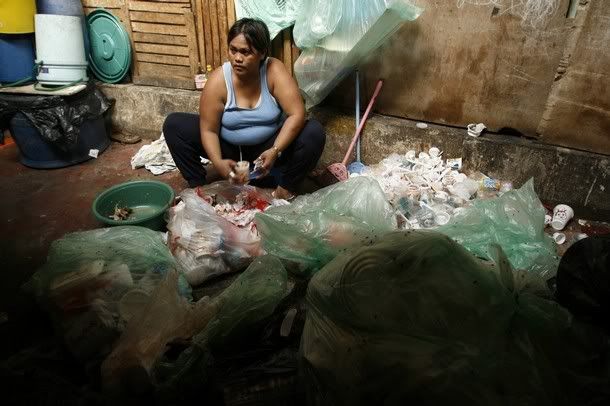
When Filipino kids refuse to finish their food, all parents have the same dialogue “Many people in the world are hungry.”
Some smart-ass kids have made a response to that, saying “Those hungry people will not get full whether I finish my food or not.”
Well, that’s not entirely true.
If you are a documentary lover, probably you have heard about the Philippine delicacy, pagpag–food, particularly meat, scavenged from the trash bins of restaurants and other food establishments and then re-cooked to become an entirely new dish.
Sometimes, in small carenderias (eateries) pagpag is also sold in the form of our favorite local dishes adobo, afritada, and caldereta at a much cheaper price than ordinary viands.

What surprised me is that the practice of eating pagpag is not at all new. A certain Adelina Carballo of Tondo, 55,who tends a small store, admitted that she has been eating ‘pagpag’ for 12 years now.
A documentary presented by GMA-7’s Emergency emphasized the dangers of eating food from garbage, which contains bacteria that can not be killed in the cooking process, such as salmonella.However, the poor people who proudly eat pagpag could not care less about bacteria, because these left-overs are better than what they usually had to eat in the past.



No comments:
Post a Comment